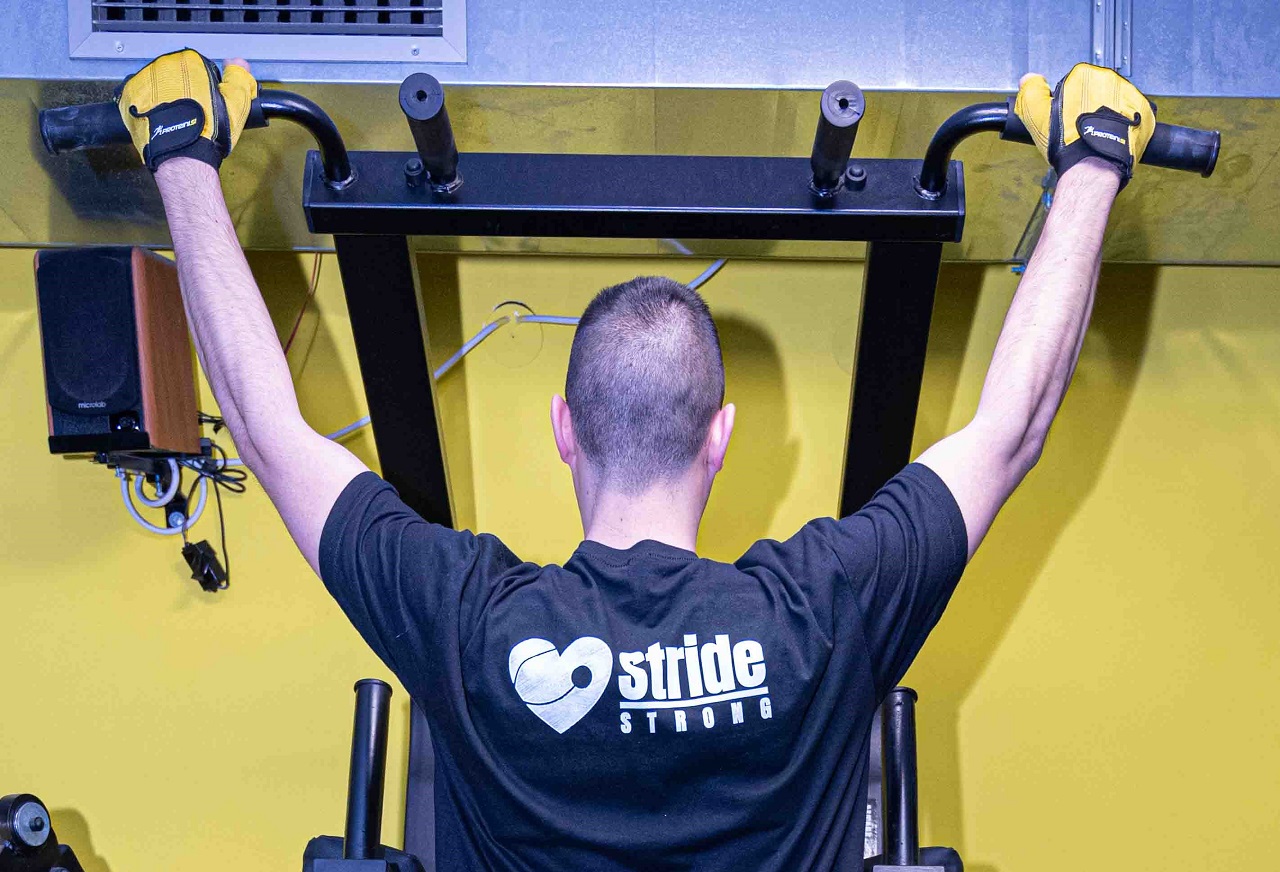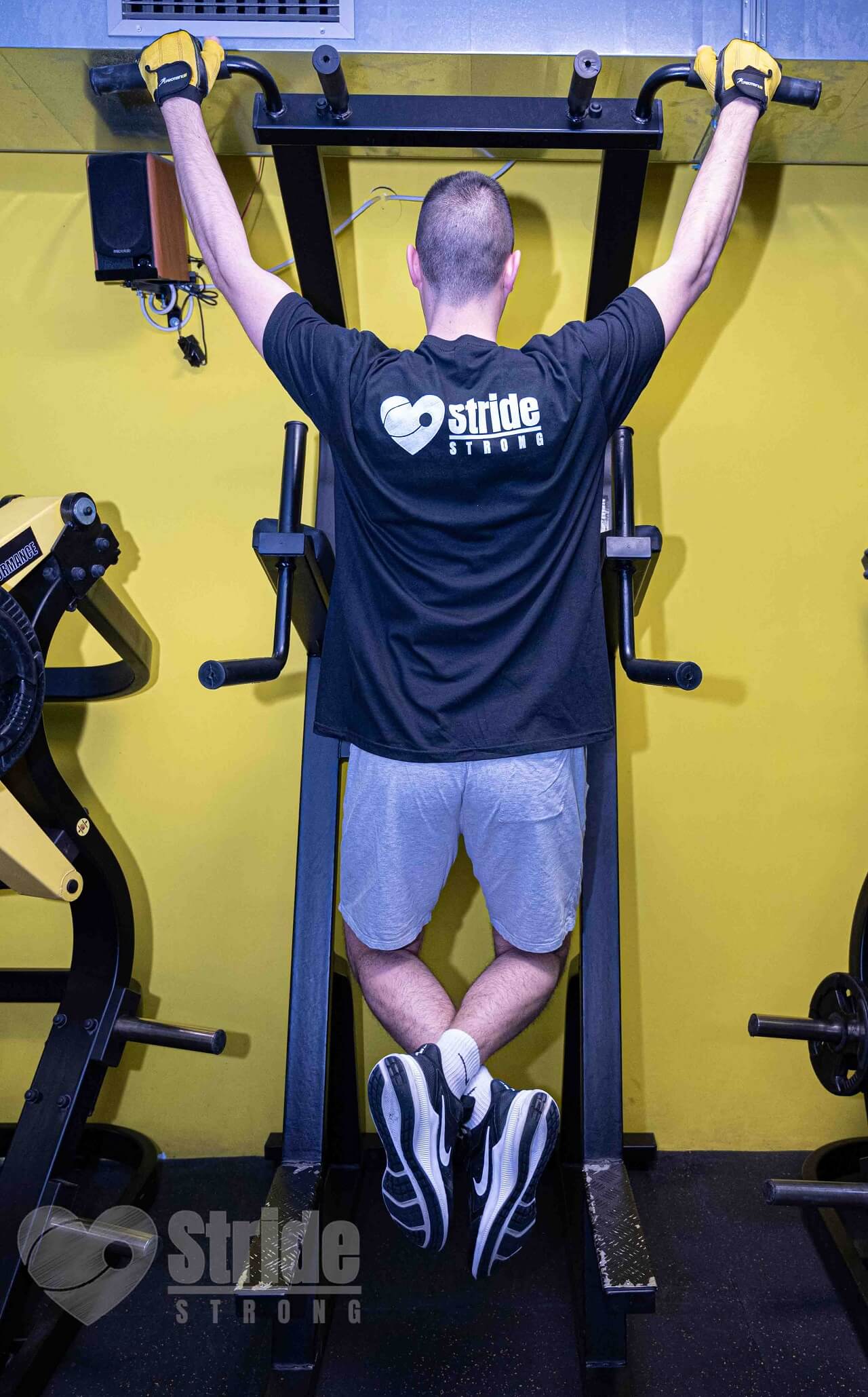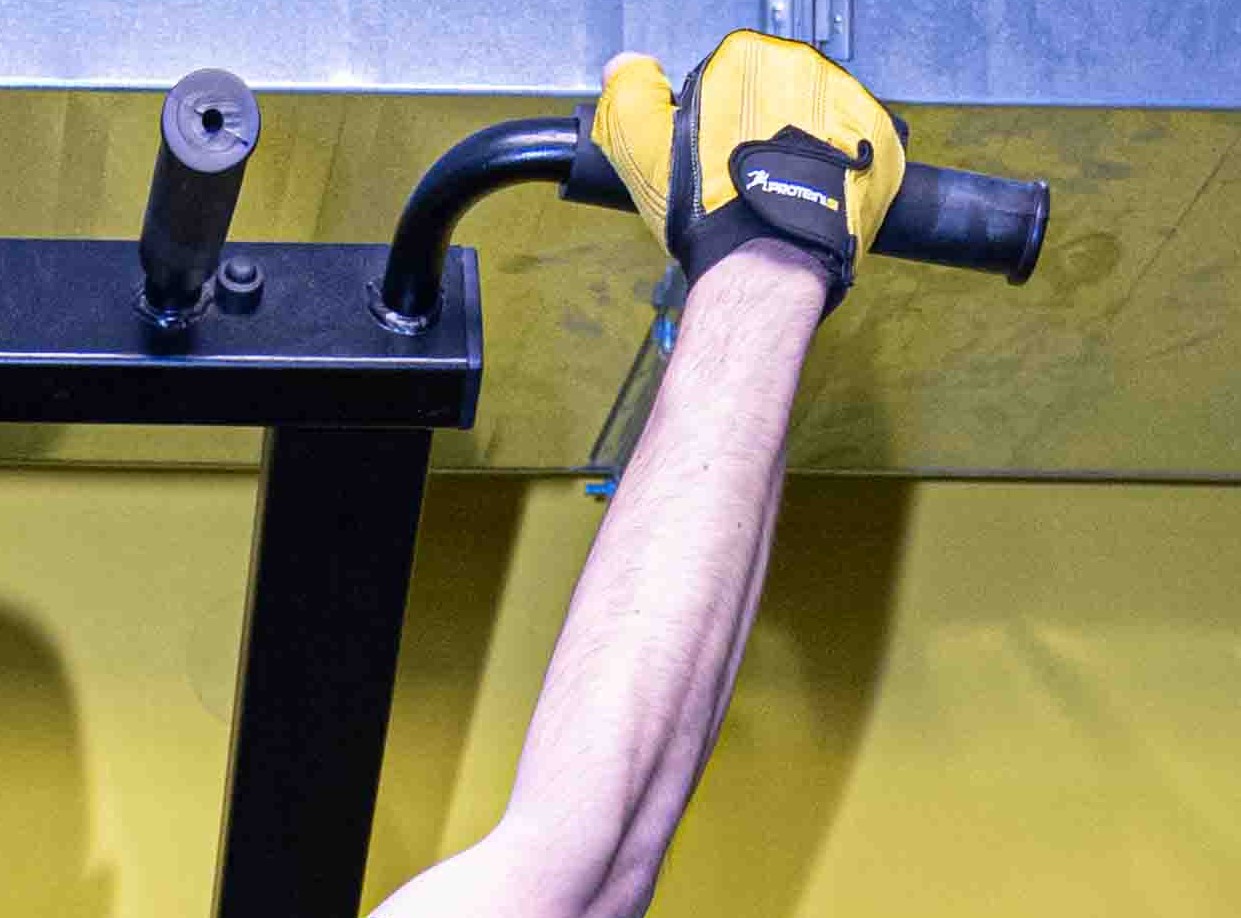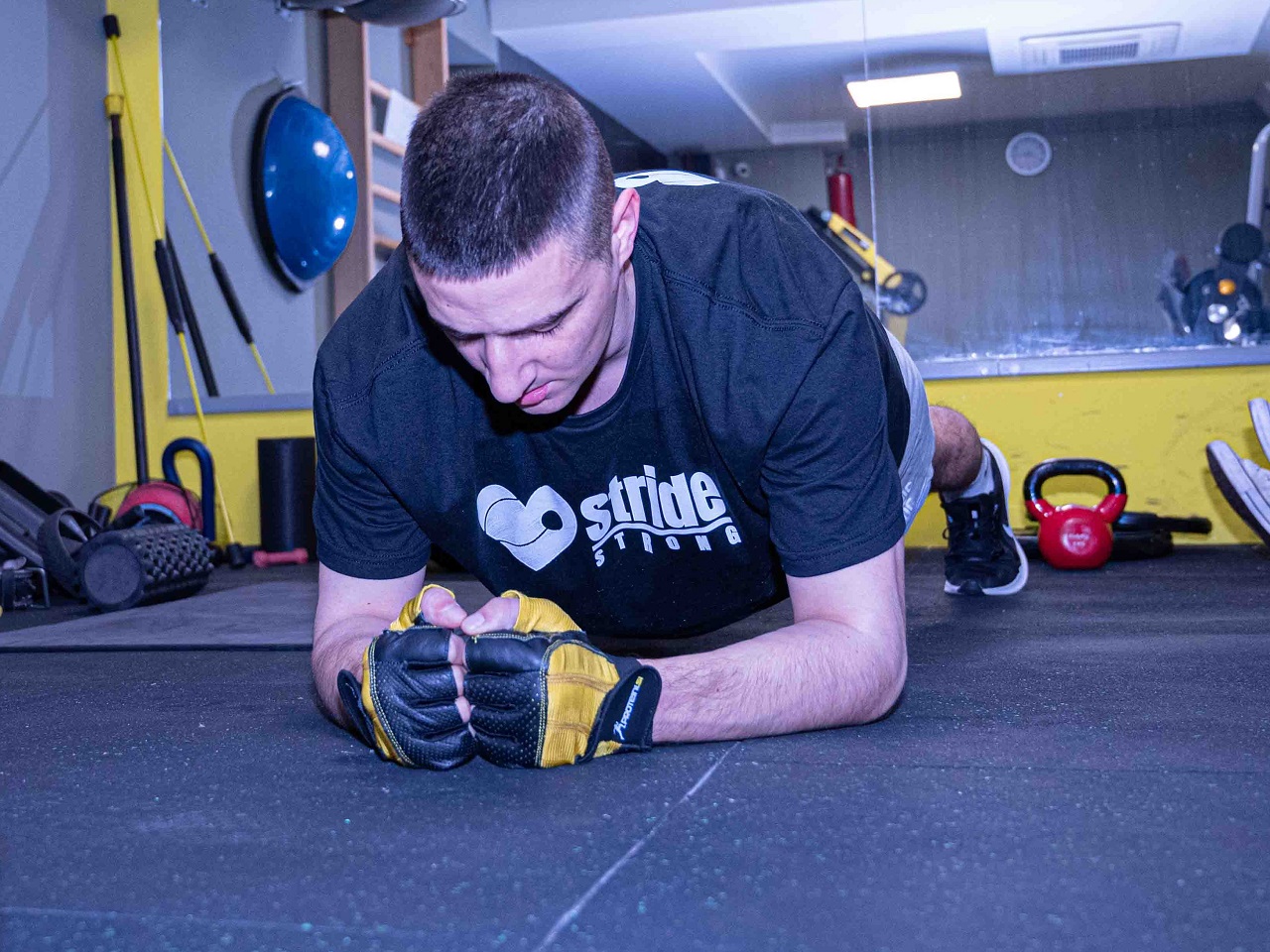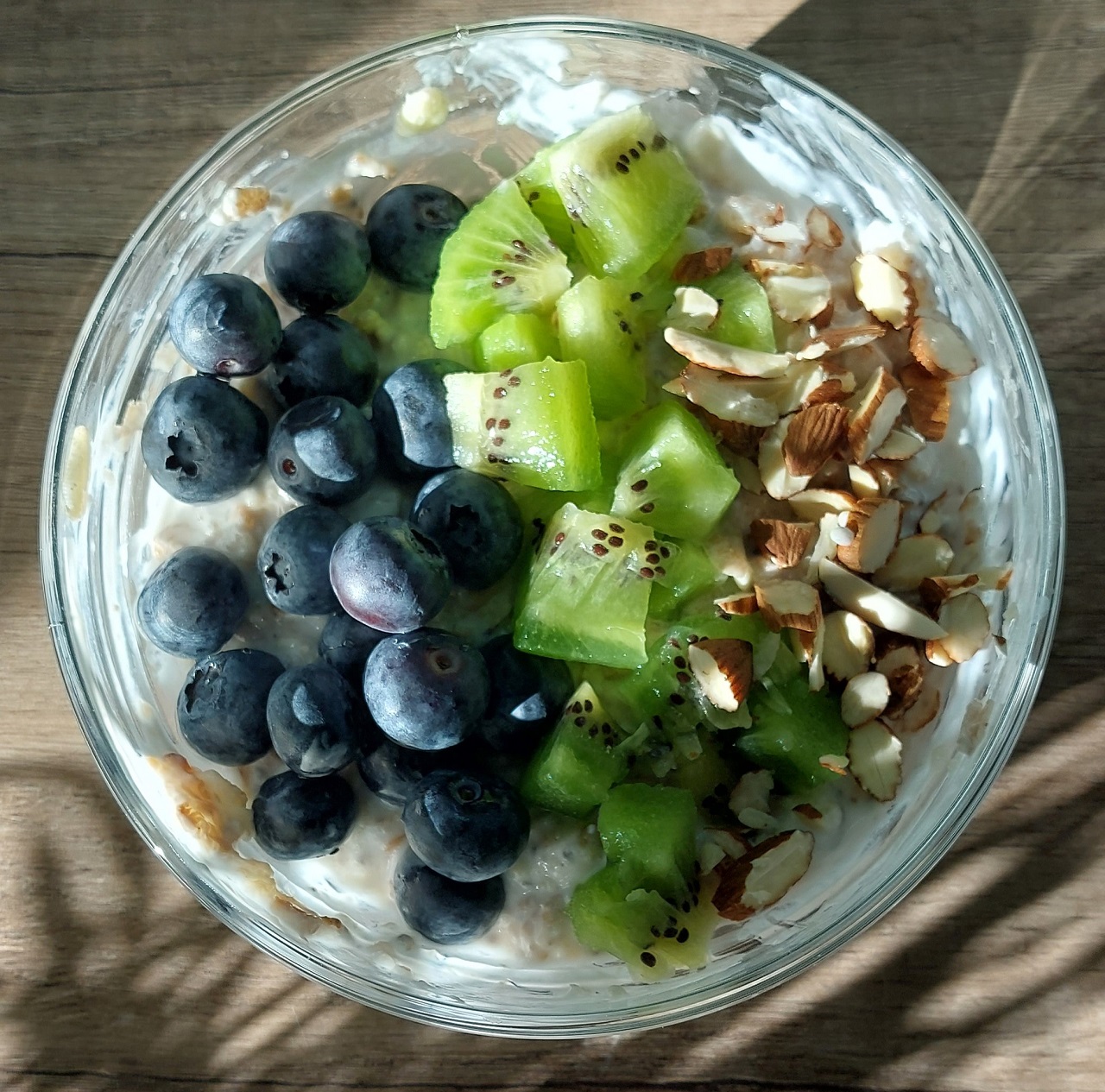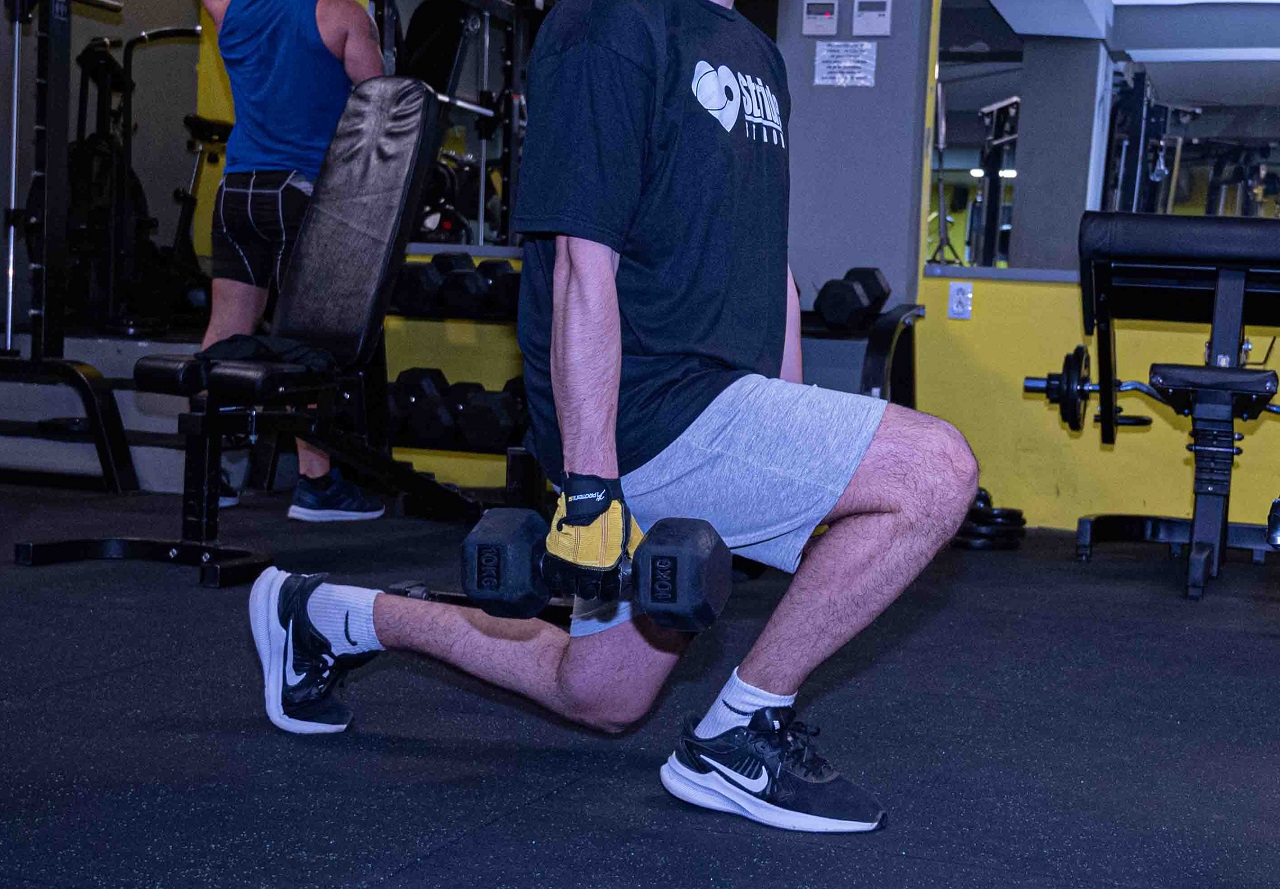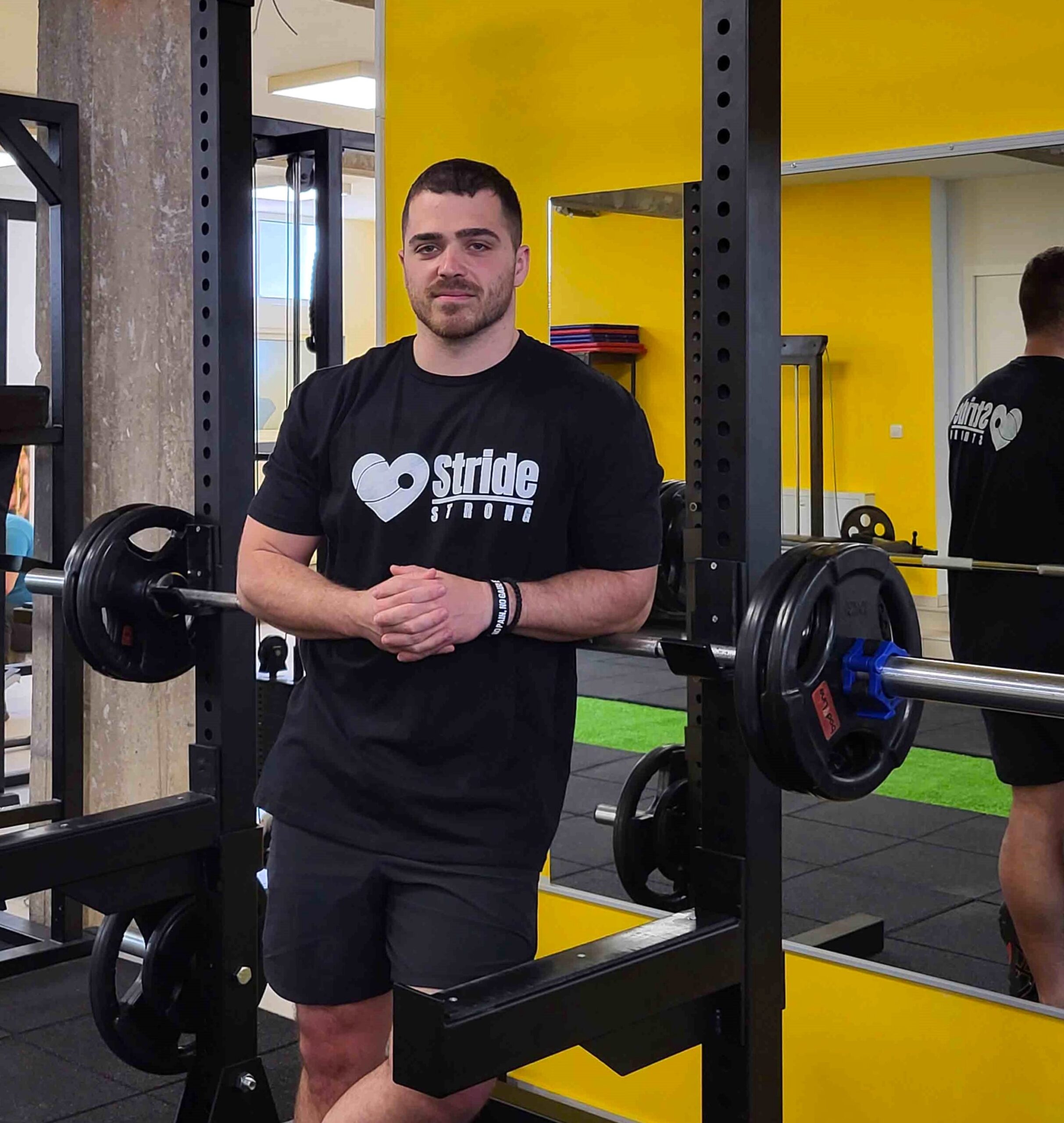When I was a beginner, I found pull-ups quite challenging, primarily because they required me to lift my entire body weight.
This exercise was not just a true test of not just my upper body strength but also my grip endurance and core stability.
When we do pull-ups, we primarily engage my latissimus dorsi, biceps, trapezius, and core muscles.
The secret behind this exercise lies in its demand for coordinated muscle engagement, making it a comprehensive workout for my upper body.
Coordination is crucial for performing the movement and gaining the full benefits of the exercise.
Now I will share some essential tips that will help you advance with push-ups and keep them as part of your routine.
Key Takeaway
- This exercise can be difficult for beginners.
- Muscles involved in pull-ups are the latissimus dorsi, biceps, trapezius, and core muscles.
- Test yourself, and don’t worry if can’t complete even a single one. We’ve all been there!
Determine the Starting Point
Don’t be discouraged if you can’t do one immediately because this is very common for beginners.
Your initial performance will determine the starting point of your training.
For instance, if you can’t hang from the bar for more than a few seconds, your focus should be on building grip strength and endurance.
If you can hang but struggle to pull yourself up, your training will concentrate more on developing back and arm strength.
Are your arms giving out quickly? Does your grip feel weak? Noting these details will help in customizing your training plan.
Trust me, you will notice the difference quite fast. What once was a struggle will be only a warm-up after a month of efficient training.
Basic Exercises and Techniques
To achieve your first pull-up, it’s essential to develop foundational strength and techniques.
Focus on three key areas: grip strength, scapular strength, and core training.
Grip Strength Development
Grip strength is crucial for pull-ups as it determines your ability to maintain hold of the bar.
Begin with exercises like dead hangs, where you simply hang from the bar for as long as possible.
Gradually increase the duration of your hangs, and try different grip positions to challenge your muscles differently.
Scapular Strength
The scapula plays a vital role in pull-up mechanics.
Strengthening the muscles around the scapula, such as the rhomboids and lower trapezius, therefore, is essential.
Exercises like scapular pulls, where you hang from the bar and focus on retracting and lowring your scapulae without bending your elbows, are highly effective.
Core Training
A strong core is essential for maintaining proper form during pull-ups.
Exercises like planks and hollow holds build the necessary core strength and stability.
They will train your body to stay rigid and controlled during the pull-up motion, preventing unnecessary swinging and ensuring efficient muscle engagement.
Pull-Up Progression
Focus on doing that first one. As I already told you. It depends on your current shape. So, if you can reach the point where you can successfully do a full push-up, now is the time to work on the progression.
But don’t expect some amazing results to come week by week. be realistic. For example, work on adding one more push-up. At this point, you can start practicing in series.
Here are some additional tips for fast progress.
Level 1: Bent Over Dumbbell Rows and Dead Hangs
Start with bent-over dumbbell rows to strengthen your back muscles. Stand with feet shoulder-width apart, holding a dumbbell in each hand. Bend your knees slightly and lean forward from your waist, keeping your back straight. Pull the dumbbells towards your chest, then lower them back down.
For dead hangs, simply hang from a pull-up bar with straight arms, focusing on grip strength and shoulder stability.
Level 2: Inverted Bodyweight Rows and Scapular Pull-Ups
Inverted rows are performed by lying underneath a bar set at waist height. Grab the bar with an overhand grip and pull your chest towards it, then lower back down. Scapular pull-ups involve hanging from the bar and pulling your shoulder blades down and back, without bending your arms.
Level 3: Assisted Pull-Ups
Use resistance bands or a chair for assistance. With band-assisted pull-ups, loop a band over the bar and place your feet or knees in it. Pull yourself up as you would in a regular pull-up. For chair-assisted pull-ups, place one or both feet on a chair to help support some of your weight as you pull up.
Level 4: Top Holds and Bar Hangs
Top holds involve holding yourself at the top of the pull-up position. Bar hangs focus on gripping the bar and hanging with your arms fully extended, building endurance in your grip and arms.
Level 5: Negative Pull-Ups
Jump or step up to the top of the pull-up position, then slowly lower yourself down with control. This eccentric movement builds strength in the muscles used during pull-ups.
Level 6: Attempting the First Full Pull-Up or Chin-Up
After mastering the previous levels, attempt your first full pull-up. Start from a dead hang, engage your core, and pull yourself up until your chin is over the bar, then lower back down with control. If you struggle, don’t be discouraged. Continue practicing the negative pull-ups and assisted pull-ups to build more strength.
Level 7: Advanced Pull-Up Variations and Techniques
Once you can perform a standard pull-up, you can start exploring more advanced variations. This includes wide grip pull-ups, which target your lats more intensely, and chin-ups, where your palms face towards you, engaging your biceps more. Other variations like commando pull-ups, L-sit pull-ups, and archer pull-ups can add diversity and challenge to your routine.
Training Frequency and Routine
Developing the strength and technique for pull-ups requires a consistent and well-structured training routine. The frequency and type of exercises you do are crucial in making steady progress toward your goal.
Training Frequency
For beginners, it’s recommended to train for pull-ups two to three times per week. This frequency allows sufficient time for muscle recovery while maintaining consistent progress. Each session should focus on different aspects of pull-up training, such as grip strength, scapular mobility, core stability, and the pull-up progressions themselves.
Simple Weekly Plan
Here’s an example of how you can structure your weekly pull-up training:
| Day | Focus Area | Exercises and Routine |
|---|---|---|
| Monday | Grip Strength and Scapular | 1. Dead Hangs: Aim for longer durations each week.
2. Scapular Pull-Ups or Shrugs: Strengthen scapular muscles. 3. Grip-Strengthening: Farmer’s walks or grip strengtheners. |
| Wednesday | Core Stability and Rows | 1. Core Workout: Planks and hollow holds.
2. Inverted Bodyweight Rows: Focus on pulling strength and technique. |
| Friday | Pull-Up Practice | 1. Assisted Pull-Ups: Use bands or chairs for assistance, focus on full range of motion.
2. Negative Pull-Ups: Emphasize slow and controlled descent. |
Nutrition for Strength and Recovery
Your diet should support your training goals.
Focus on a balanced diet rich in protein, which is essential for muscle repair and growth.
Include lean meats, fish, dairy, legumes, and plant-based proteins in your meals. Carbohydrates are also important for energy.
You should also include whole grains, fruits, and vegetables to fuel your workouts.
Healthy fats from sources like avocados, nuts, and olive oil are crucial for overall health and energy.
Hydration is another critical aspect. Ensure you’re drinking enough water throughout the day, especially before and after workouts.
Other Exercises Can Also Help
Cardio exercises like running, cycling, or swimming can improve your endurance and heart health.
It can help you perform better during your pull-up training sessions.
Strength training for other muscle groups is also important.
Work on your lower body and core to ensure balanced muscle development.
Exercises like squats, lunges, and core workouts can complement your pull-up training. Flexibility and mobility exercises should also become a part of your routine,
Yoga or stretching routines can improve your range of motion, reduce the risk of injury, and aid in muscle recovery.

